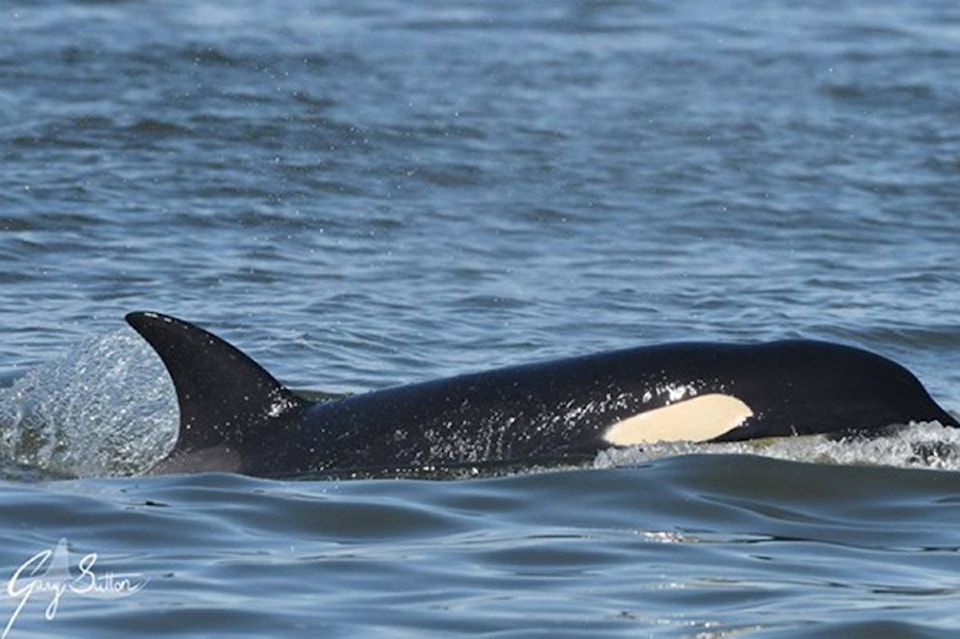To the untrained eye, the orcas socializing in the Salish Sea on Friday could have been the resident whales that many Islanders know and love.
But those who know, like Simon Pidcock, owner of Ocean EcoVenture in the Cowichan Valley, recognize the significance of seeing Bigg’s orcas – slightly larger, mammal-eating killer whales – in the endangered Southern residents’ long-time habitat.
“We’ve seen [resident orcas] shift to the outer coast more…because there’s more salmon out there for them than in the inner waterways,” Pidcock said. “It’s kind of opened the door for the mammal-eaters to come in and take their place.”
READ ALSO: Calf born to endangered Pacific Northwest orcas
In total, there was at least 57 Bigg’s orcas spotted in the region on Friday – with two groups totalling about 30 whales located in the Strait of Georgia and a group of 17, including four “playful, healthy calves” seen near the San Juan Islands.
For Pidcock, who has been whale watching on the Salish Sea for about 17 years, that’s a record – until now he’s only seen the travelling whales pass through in smaller numbers – three to seven at a time.
But without other predators, the Salish Sea is an all-you-can-eat buffet for the Bigg’s orcas, with some scientists reporting that despite pinniped (sea lions, seals and other marine life) numbers recovering from culls in the 1970s’, the populations has been impacted by the arrival of transient whales.
“They typically would keep their numbers quite small so they [have] that element of surprise to sneak up on their prey,” Pidcock said. “Now we are starting to see them show up in much greater numbers because there’s such an abundance of food out there for them.”
| The untrained eye might not know any better, but Bigg's orcas are typically more robust than Southern Resident whales, with a far better blubber reserve thanks to their meaty diet. (Facebook/Gary Sutton) |
And these whales, typically seen anywhere between Southeast Alaska and Southern California, didn’t appear to be passing through for a quick snack or two. The pods were socializing – the males swimming together and the calves playing. And because they only mate outside their pods, they were also likely there to meet a partner.
“They’ve really kind of moved into this area in the last ten years,” Pidcock said, adding that it likely has to do with the shifting hunting grounds for the resident salmon-eating orcas of J, K and L-pod – the population of which totals a fragile 75 whales, already down one since the Department of Fisheries and Oceans recorded 76 members in 2017.
Pidcock noted that last May – historically the best month for viewing resident whales – his tours did not see a single local orca.
“This is a huge significant shift,” he said. “These whales live in a combined watershed of three major cities – Seattle, Vancouver and Victoria – with a population of about seven million people.
It really comes down to each one of us to make some conscious changes or we are going to see huge shifts in populations like this.”
Pidcock added, “It’s a great, good news story that these [Bigg’s orcas] are doing so well right now, and we feel very fortunate to see such a thriving population, but we also have to remember their distant cousins and really consciously try to make a difference out there.
It’s giving us a real reminder of what we need to do here to make some changes [and] focus on the health of the Fraser River.”
READ ALSO: Southern resident orcas spotted off the coast of California
nina.grossman@blackpress.ca
Like us on Facebook and follow us on Twitter
